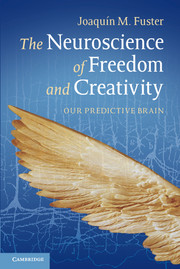3 - Anatomy of cognition
Published online by Cambridge University Press: 05 June 2014
Summary
Traveller, there is no path,
The path is made by walking.
Antonio MachadoNew cell processes are formed that are capable of improving the suitability and the extension of the contacts, and even of forming entirely new relations between neurons originally independent.
Santiago Ramón y CajalCognitive neuroscience is the neuroscience of what we know, which encompasses all our memories and everything we have learned since we were born. It deals with the mechanisms by which our brain acquires, stores, and retrieves knowledge. It deals also with the brain mechanisms that drive cognitive functions – that is, the functions by which we use knowledge in our daily interactions with others and the world around us: attention, perception, memory, language, and intelligence. Most importantly, cognitive neuroscience deals with the mechanisms by which our feelings and emotions influence every one of those functions.
Because our liberty depends on what we know and how we use it, any neurobiological treatment of freedom and creativity has to address the cerebral store of knowledge and the brain’s capacity to steer that knowledge and its functions in our choices. Indeed, liberty is all about choice, not only about the ability to choose a goal, and the actions to get to it, but also, critically, the ability to choose the information in our memory and in our senses that will shape those actions. In the brain/liberty debate, that choice of information at the core of the PA cycle is commonly lost. Here we cannot elude it, because, figuratively speaking, blind vision leads to blind action, both curtailing our freedom to choose.
- Type
- Chapter
- Information
- The Neuroscience of Freedom and CreativityOur Predictive Brain, pp. 58 - 86Publisher: Cambridge University PressPrint publication year: 2013



